Higher Education

CONNECT with AFRL
Join An Elite Network
AFRL connects you with the right network of prestigious researchers, scientists, engineers and more in academia, industry and government from around the world. We recognize science an technology cannot be done alone—it is a global endeavor.
AFRL TECHNOLOGY
Solve Tough Problems
AFRL is uniquely positioned to take high levels of technical and relevance risk, providing interesting and challenging problems for researchers to solve in areas including AI, Autonomy, Directed Energy, Biophysics, Quantum, Cyber, Space and many more.
PARTNER with AFRL
Shape Your
Field
In partnership with AFRL, you will help influence the direction of research while contributing to our national defense. By working closely with Program Managers and leveraging grant opportunities, you will take part in advancing the mission of the U.S. Air Force.
CAREERS IN AFRL
Map Your
Career
Throughout your career, partnerships with AFRL will enhance your endeavors with funding awards for every stage of research. From early career awards ($450K in funding!) to high-risk traditional grants AFRL sets the trajectory for a meaningful career.
Partnering with AFRL
Research Partners
Our Air Force Office of Scientific Research (AFOSR) currently funds researchers through 1,200 grants at more than 200 academic institutions worldwide and 100 industry-based contracts.

Oxford University
Researchers at Oxford University have discovered that peregrine falcons steer their attacks using the same control strategies as guided missiles. Initial research funded by AFRL.

Massachusetts Institute of Technology (USA)
Last year, a team of researchers at the Massachussetts Institute of Technology (USA) designed a tiny computer chip to help honeybee-sized drones navigate. The team has now built an even smaller chip with a focus on reducing power consumption and increasing processing speed. The research was supported by the AFOSR Young Investigator Research program.
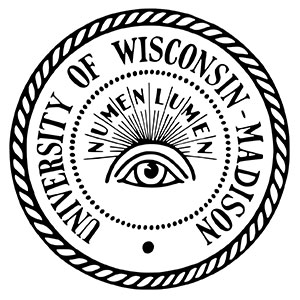
University of Wisconsin-Madison
A team of scientists and engineers at the University of Wisconsin-Madison and University of Southern California have created a crystal with a higher degree of optical anisotropy than all other solid substances on earth. According to the researchers, the material is promising for a range of optics applications. This research was supported by grants from the U.S. Air Force Office of Scientific Research.
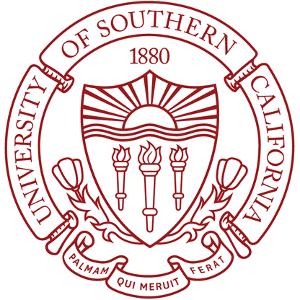
University of Southern California
A team of scientists and engineers at the University of Wisconsin-Madison and University of Southern California have created a crystal with a higher degree of optical anisotropy than all other solid substances on earth. According to the researchers, the material is promising for a range of optics applications. This research was supported by grants from the U.S. Air Force Office of Scientific Research Locations: Madison, Wisconsin; Los Angeles, CA

University of Chicago
Researchers at The University of Chicago have proposed a method for simplifying calculations of complex molecular interactions. According to the researchers, the innovative method cuts computational costs and improves accuracy. The research is the AFOSR. Location: Chicago, IL

Toyota Technological Institute of Chicago
AFRL Center of Excellence – Machines, Algorithms and Data Lab (MADLab): A University Center of Excellence in Efficient and Robust Machine Learning

University of Notre Dame
The University of Notre Dame has completed development of the country’s largest quiet Mach 6 hypersonic wind tunnel. Funded with support from the Air Force Office of Scientific Research (AFOSR), the AFOSR-Notre Dame Large Mach 6 Quiet Tunnel has a nozzle diameter 2.5 times larger than current quiet hypersonic wind tunnels in the U.S.

Case Western Reserve University
AFRL Center of Excellence – Nature Inspired Flight Technologies and Ideas

University of Michigan
Led by Professor Pinaki Mazumder, Michigan Engineering researchers are working to overcome the “last centimeter barrier” between electronic chips—which could enable a new generation of electronic systems with ultra high speed data transfers.

Northwestern University
A potentially revolutionary new tool developed at Northwestern University rapidly tests millions of nanoparticles to identify new materials.
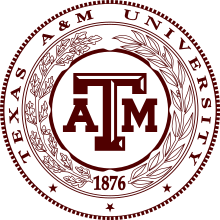
Texas A&M University
A research team at Texas A&M Engineering is applying the power of machine learning and artificial intelligence to create software that autonomously discovers new materials. The research is supported by the National Science Foundation (NSF) and the Air Force Research Laboratory – AFRL’s Office of Scientific Research (AFOSR).
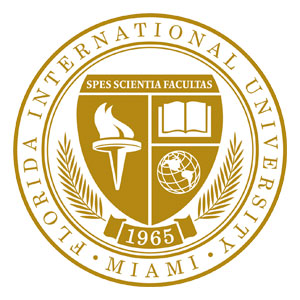
Florida International University
Professor Sakhrat Khizroev, at FIU College of Engineering and Computing, is creating an extremely fast energy-efficient computer using spintronics. The new technology could help reduce the Internet’s carbon footprint.
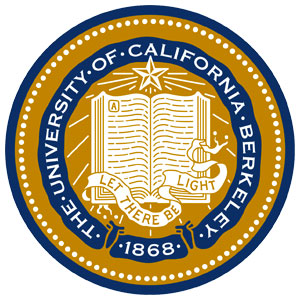
University of California, Berkeley
Urmila Mahadev, a theoretical computer science grad student at UC Berkeley, has solved a fundamental quantum computing problem— how do you know whether a quantum computer has followed your instructions or done anything quantum at all?
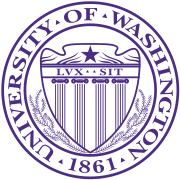
University of Washington
Researchers from University of Washington and 國立清華大學 National Tsing Hua University have constructed functional metalenses out of layered 2D materials

National Tsing Hua University

Cornell University
Researchers at Cornell University find two-step training helps robots interpret the complexity of human instructions.
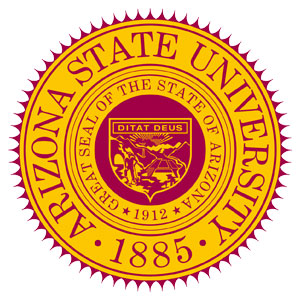
Arizona State University
Researchers at Arizona State University, Northwestern University, and San Diego State University seek to understand the molecular structure of spider silk.

San Diego State University
Researchers at Arizona State University, Northwestern University, and San Diego State University seek to understand the molecular structure of spider silk.

Georgia Tech
Researchers at Georgia Tech merge origami and 3D printing to make complex structures in one one-step. According to the researchers, the structures could have applications in biomedical devices and space exploration.
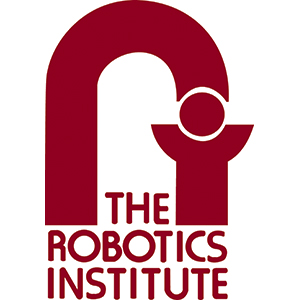
Carnegie Mellon Robotics Institute
AFRL Center of Excellence – Human-Machine Teaming and Trust

Penn State Aerospace Engineering
Professors Michael M. Micci and Sven G. Bilén, at Penn State Aerospace Engineering, have been awarded two grants by AFOSR PO Dr. Mitat Birkan, Space Propulsion and Power— a traditional grant and a Defense University Research Instrumentation Program (DURIP) grant— to study the use of beamed microwave energy to launch space vehicles off the surface of Earth.

Columbia University
Researchers at Columbia Engineering have built a Kerr frequency comb generator that integrates the laser together with the microresonator— significantly reducing its size and power requirements.
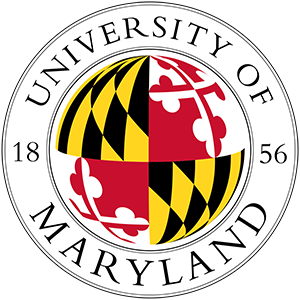
University of Maryland
AFRL Center of Excellence – Nature Inspired Flight Technologies and Ideas
AFRL Center of Excellence – Science of Electronics in Extreme Electromagnetic Environments
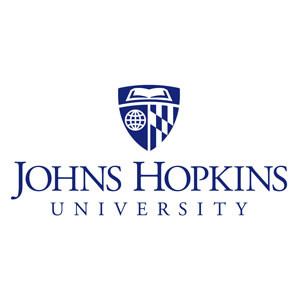
Johns Hopkins University
- AFRL Center of Excellence – Nature Inspired Flight Technologies and Ideas
- Dr. Brad Wheaton and his team at JHU Applied Physics Laboratory (APL)are working to advance knowledge of boundary layer transition physics through Boundary Layer Transition (BOLT) experiments, which is critical for determining what materials to use when designing hypersonic vehicles.

University of Minnesota
Dr. Brad Wheaton and his team at JHU Applied Physics Laboratory (APL)are working to advance knowledge of boundary layer transition physics through Boundary Layer Transition (BOLT) experiments, which is critical for determining what materials to use when designing hypersonic vehicles.
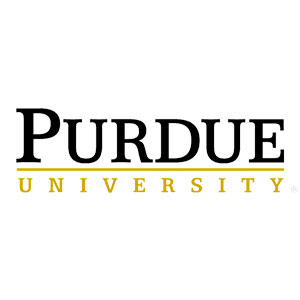
Purdue University
Dr. Brad Wheaton and his team at JHU Applied Physics Laboratory (APL)are working to advance knowledge of boundary layer transition physics through Boundary Layer Transition (BOLT) experiments, which is critical for determining what materials to use when designing hypersonic vehicles.
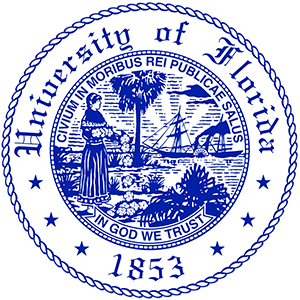
University of Florida
Center of Excellence for Assured Autonomy in Contested Environments
